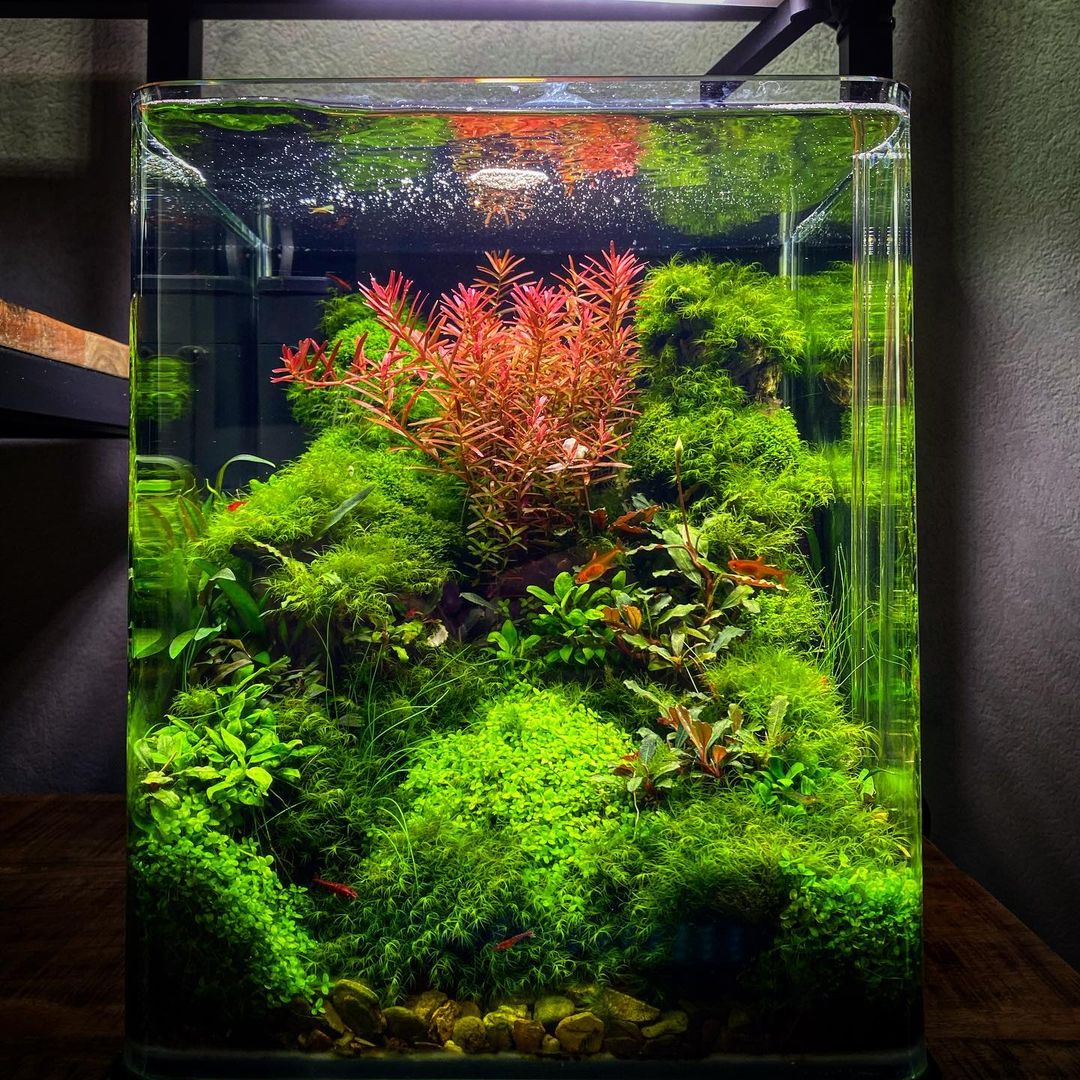Understanding the Vital Role of Oxygen in Aquatic Ecosystems
Maintaining a healthy aquatic environment in your fish tank involves a delicate balance of various factors, with oxygen levels ranking among the most critical. Dissolved oxygen (DO) is essential for the survival and wellbeing of fish and other aquatic organisms. It fuels respiration, enabling fish to convert food into energy and facilitating the breakdown of waste products. Insufficient oxygen levels can lead to stress, illness, and even death among your fish population. Therefore, understanding how to effectively increase and maintain oxygen levels in your aquarium is paramount to fostering a thriving ecosystem.
Assessing Oxygen Needs: Factors to Consider
Before implementing any measures to boost oxygen, it’s crucial to understand the specific needs of your aquarium inhabitants. Different species have varying oxygen requirements; tropical fish, for example, often require higher oxygen levels than cold-water species. Additionally, the size of your aquarium, stocking density, water temperature, and plant life all influence oxygen demand and availability. Warm water holds less oxygen than cooler water, and a heavily stocked tank with fewer plants will naturally have lower oxygen levels. Monitoring these factors and regularly testing DO levels with a reliable test kit forms the first step in managing your aquarium’s oxygen supply.
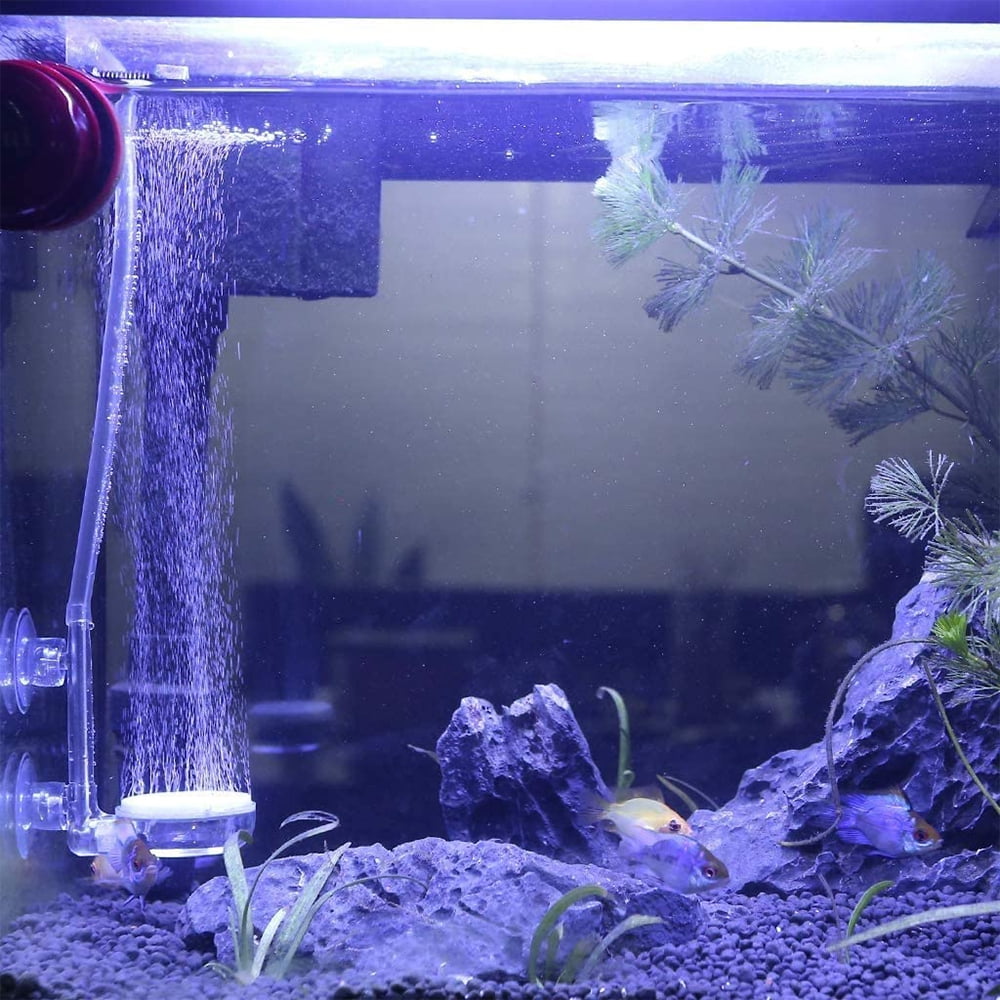
Natural Methods: Enhancing Oxygen through Aquarium Plants
Aquatic plants play a dual role in maintaining oxygen balance. During daylight hours, they undergo photosynthesis, converting carbon dioxide into oxygen, which benefits the fish. Moreover, plants help stabilize the ecosystem by absorbing nutrients from fish waste, reducing the workload on mechanical filtration systems and indirectly improving water quality. Including a diverse array of fast-growing plants like Java ferns, Anubias, or Hornwort not only adds aesthetic appeal but also acts as a natural oxygenator. Be mindful, however, that during the night, when photosynthesis ceases, plants consume oxygen, so it’s essential to strike a balance between plant life and other oxygenation methods.
Mechanical Aeration: The Science Behind Air Pumps and Diffusers
One of the most straightforward ways to increase dissolved oxygen in your aquarium is through mechanical aeration. Air pumps push air through tubing and into the tank via air stones or diffusers, creating a stream of bubbles that rise to the surface. As these bubbles burst, they release oxygen into the water. Choosing the right air pump depends on the size of your aquarium and the desired level of aeration. Smaller tanks may only require a single air stone, whereas larger setups might benefit from multiple diffusers placed strategically around the tank. It’s important to position air stones away from sensitive areas like the fish’s resting spots to prevent disturbance and ensure a peaceful environment.
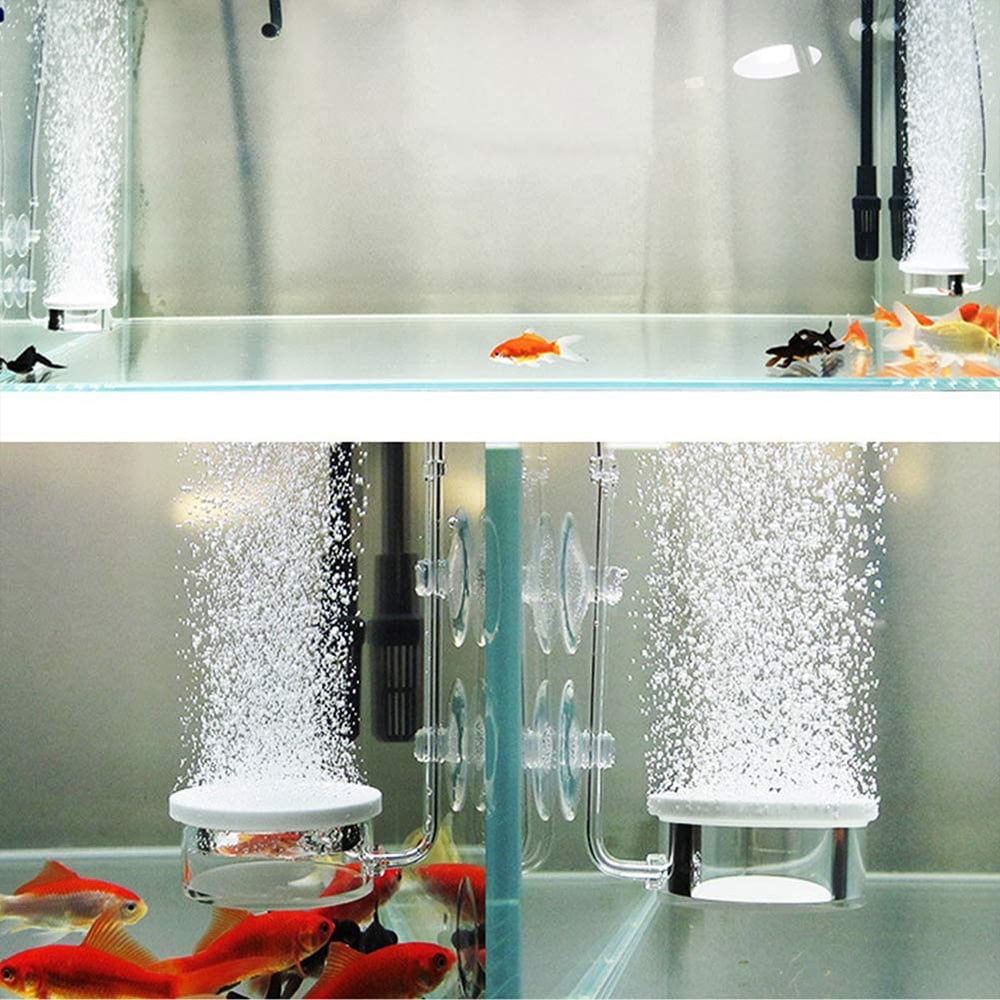
Water Movement: The Importance of Circulation
Water movement plays a pivotal role in distributing oxygen evenly throughout the tank. Powerheads and internal filters not only clean the water but also create currents that promote gas exchange at the water’s surface. Surface agitation caused by these movements increases the water-to-air interface, enhancing the diffusion of atmospheric oxygen into the aquarium. When setting up circulation devices, aim for a gentle flow that mimics natural river currents, avoiding strong, direct flows that could stress fish or damage plants. Regularly checking and adjusting the output of your circulation devices ensures a consistent oxygen supply across all areas of the tank.

Temperature Regulation for Optimal Oxygen Levels
Controlling water temperature is another vital aspect of maintaining healthy oxygen levels. As mentioned earlier, warmer water holds less oxygen, necessitating a careful balance between the comfort of tropical fish and sufficient oxygen availability. Installing a reliable aquarium heater with a thermostat helps maintain a stable temperature, typically around 75-80°F (24-27°C) for many tropical species. Monitoring temperature fluctuations and adjusting accordingly, especially during seasonal changes, can significantly improve oxygen saturation. Additionally, conducting partial water changes with pre-chilled, dechlorinated water can help refresh the aquarium and replenish oxygen levels during hot summer months.
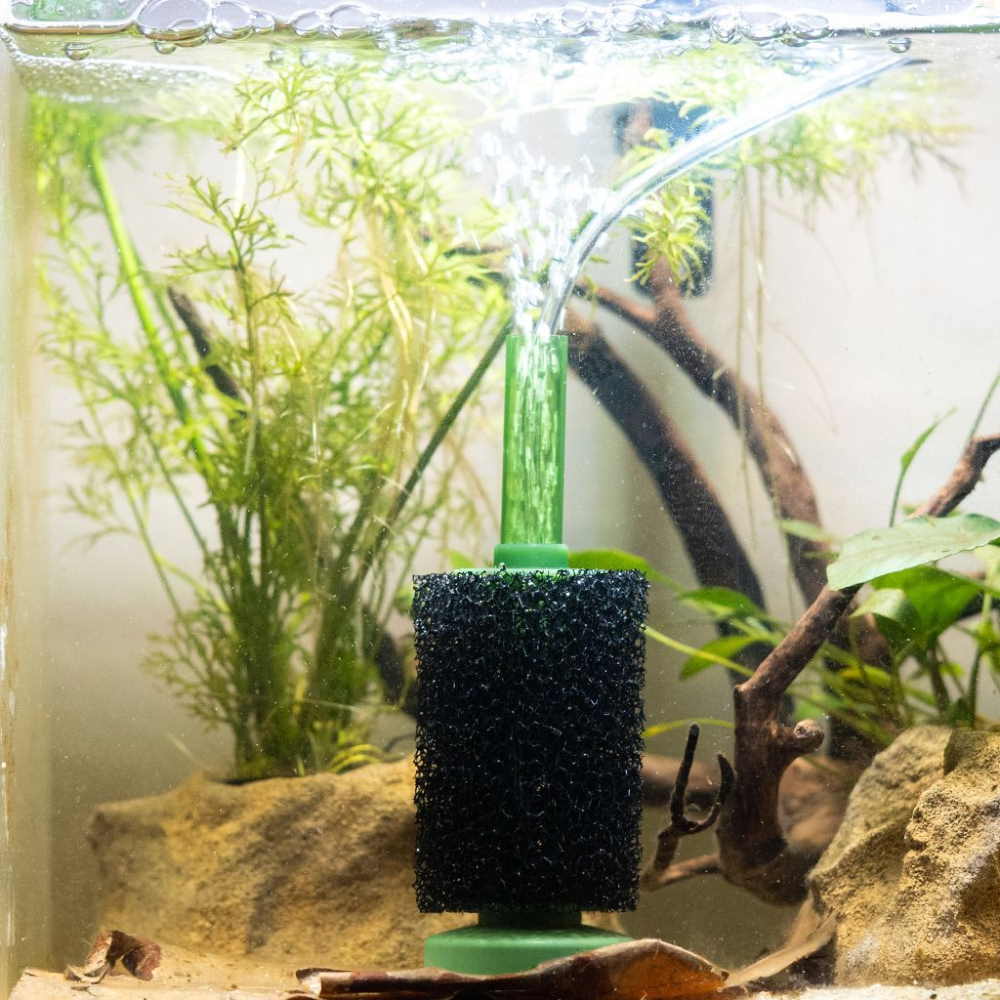
Emergency Measures: Responding to Low Oxygen Levels
Despite best efforts, emergencies can arise where oxygen levels plummet suddenly, such as during power outages or filter failures. Recognizing the signs of oxygen deprivation—fish gasping at the surface, lethargy, or increased respiration rates—is crucial. In such instances, immediate action is necessary. Using an aerator powered by a backup battery or manually stirring the water’s surface with a clean object can provide temporary relief. Adding an oxygen supplement, available in liquid form, can also help in dire situations. However, these measures should be followed by addressing the underlying cause to prevent recurrence.
Long-Term Strategies for Preventing Oxygen Deprivation
To prevent sudden drops in oxygen levels in your aquarium, it’s essential to adopt a series of long-term strategies that promote a healthy aquatic environment:
- Regular Maintenance: A consistent maintenance schedule is key to preventing oxygen-related issues. This includes regular water changes (typically 10-20% of the tank volume weekly or bi-weekly), cleaning filters to ensure efficient water flow, and pruning plants to avoid overgrowth that could reduce water circulation.
- Aquatic Plant Management: Live plants not only enhance the aesthetic of your aquarium but also contribute to oxygen production through photosynthesis. Ensure you have the right balance and types of plants for your aquarium size and fish population. Adequate lighting is crucial for supporting plant health and oxygen generation.
- Appropriate Stocking Levels: Overcrowding stresses the ecosystem and reduces available oxygen. Follow the “one inch of fish per gallon of water” rule as a general guideline, though this may vary depending on the species’ adult size and activity level. Research the specific needs of your fish to determine optimal stocking density.
- Water Circulation: Proper water movement distributes oxygen evenly throughout the tank. Use a combination of powerheads, wavemakers, or strategic filter placement to create gentle currents that encourage oxygen exchange at the water’s surface.
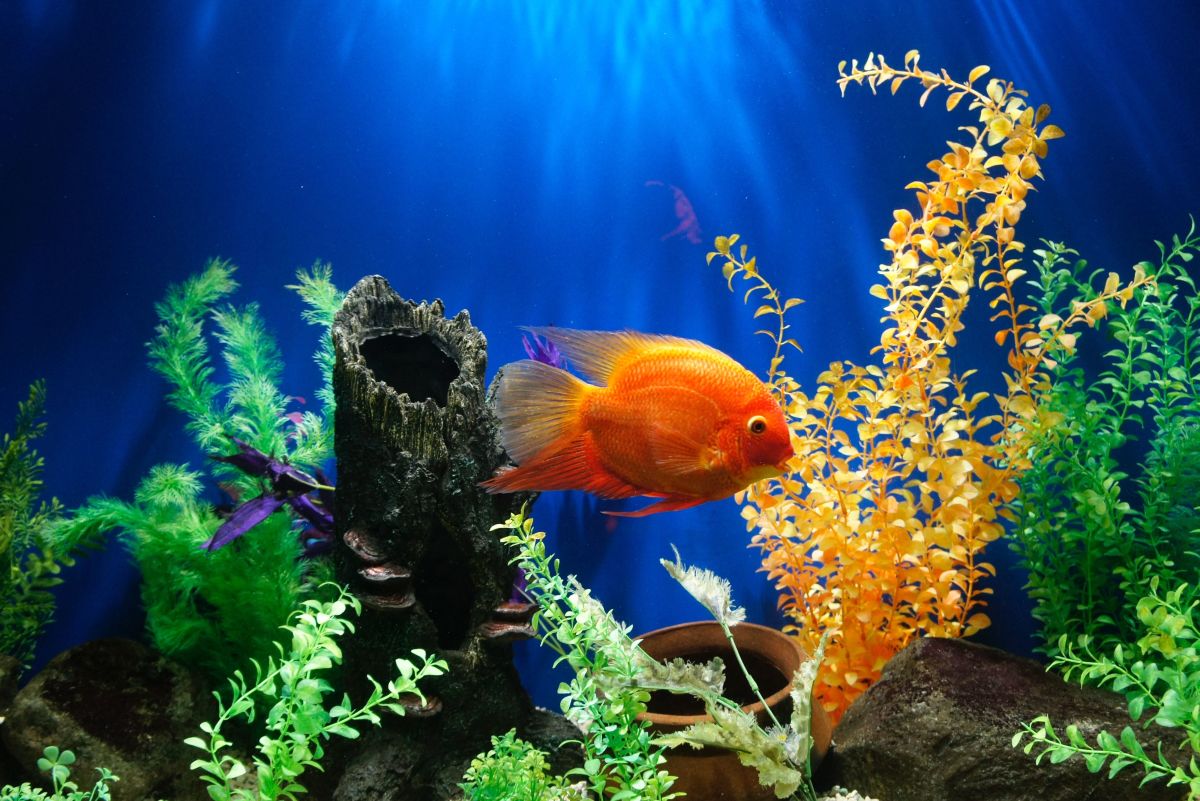
Conclusion: Nurturing a Balanced and Thriving Aquatic Ecosystem
Breathing life into your fish tank through careful management of oxygen levels is fundamental to creating a healthy and visually appealing aquatic habitat. By understanding the specific needs of your fish, harnessing the power of aquatic plants, employing mechanical aeration, optimizing water movement, regulating temperature, and being prepared for emergencies, you can foster an environment where your aquatic pets can flourish. Remember, maintaining balance in all aspects of aquarium care is key to a thriving ecosystem that brings joy and serenity to your home.






